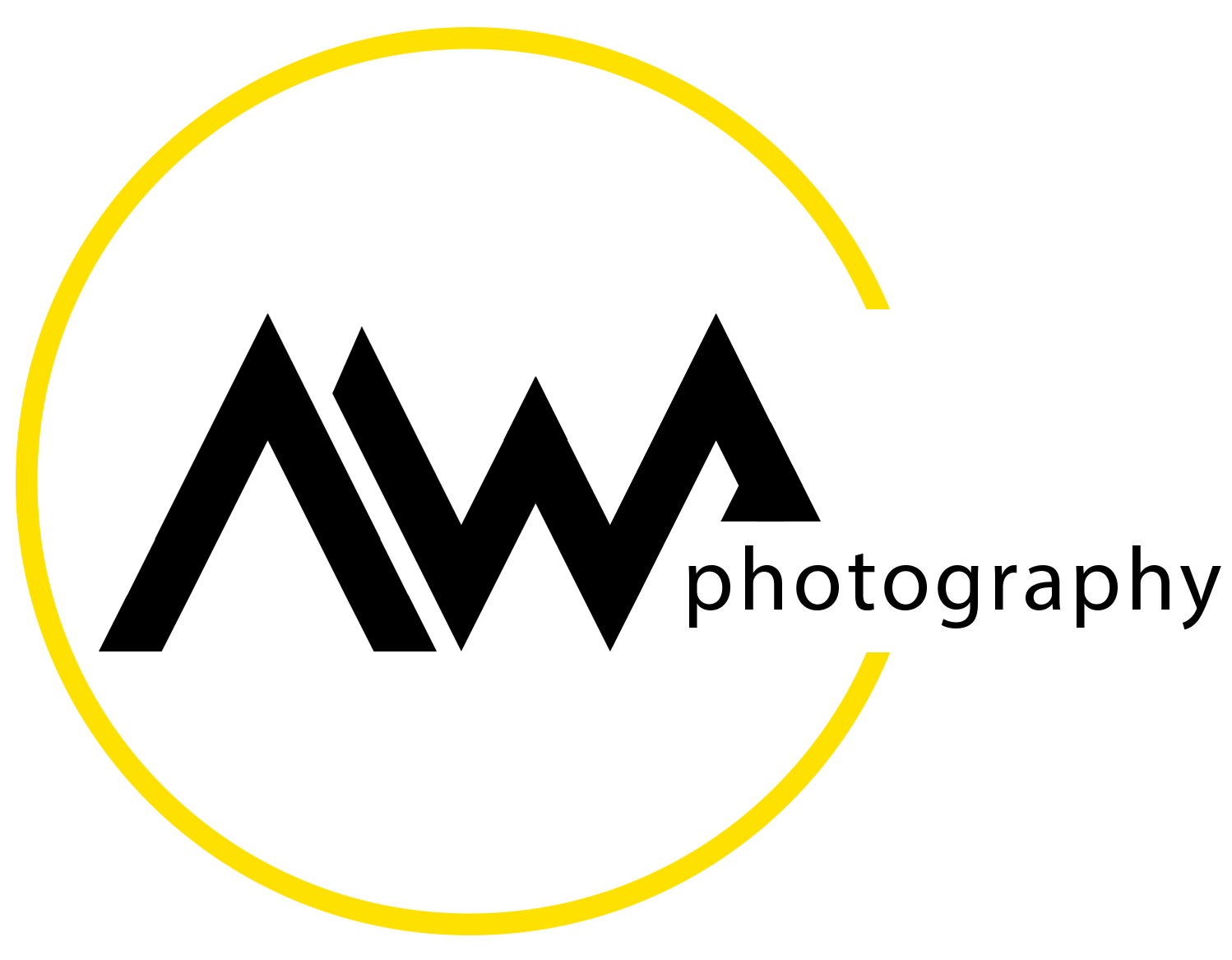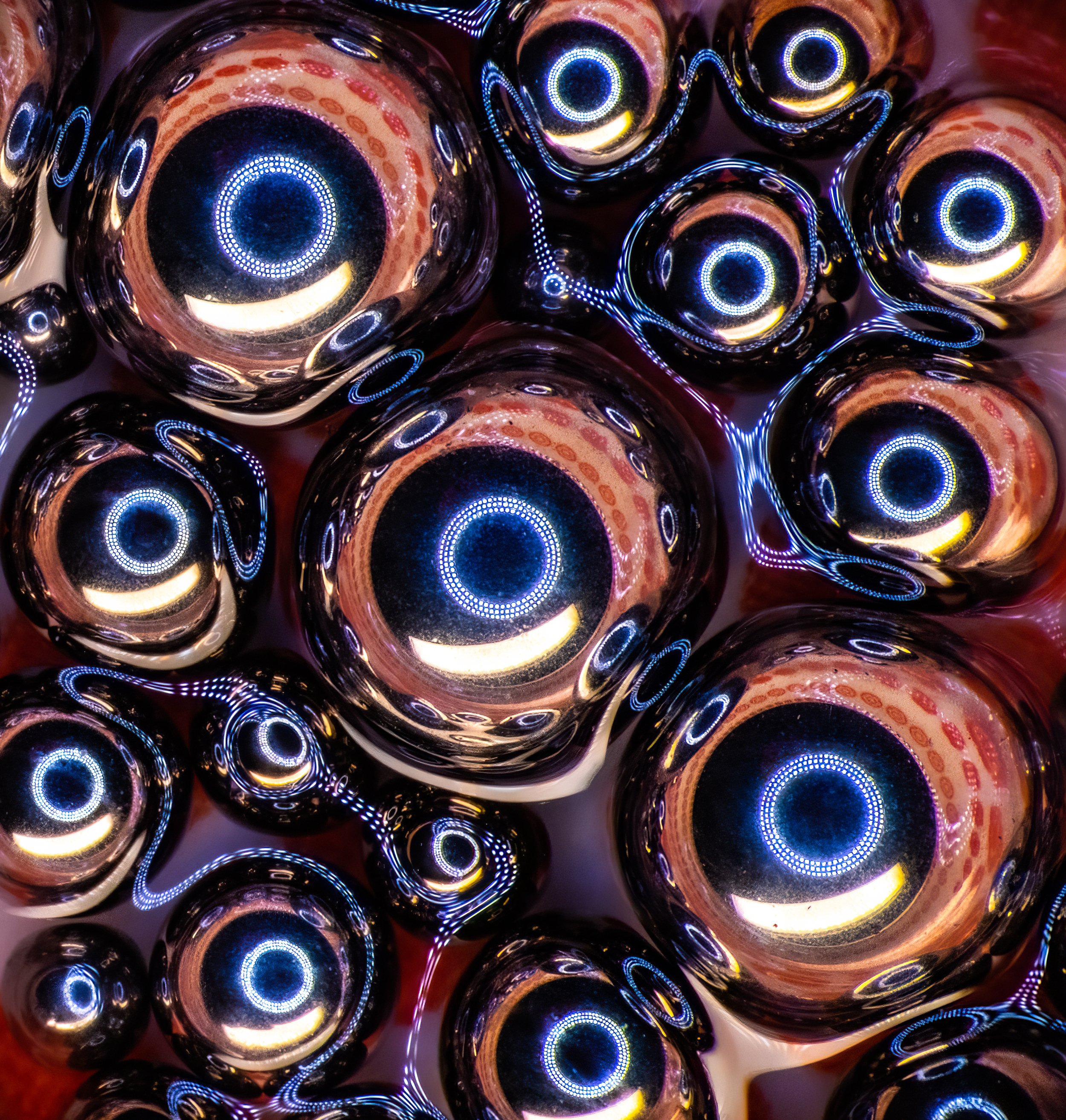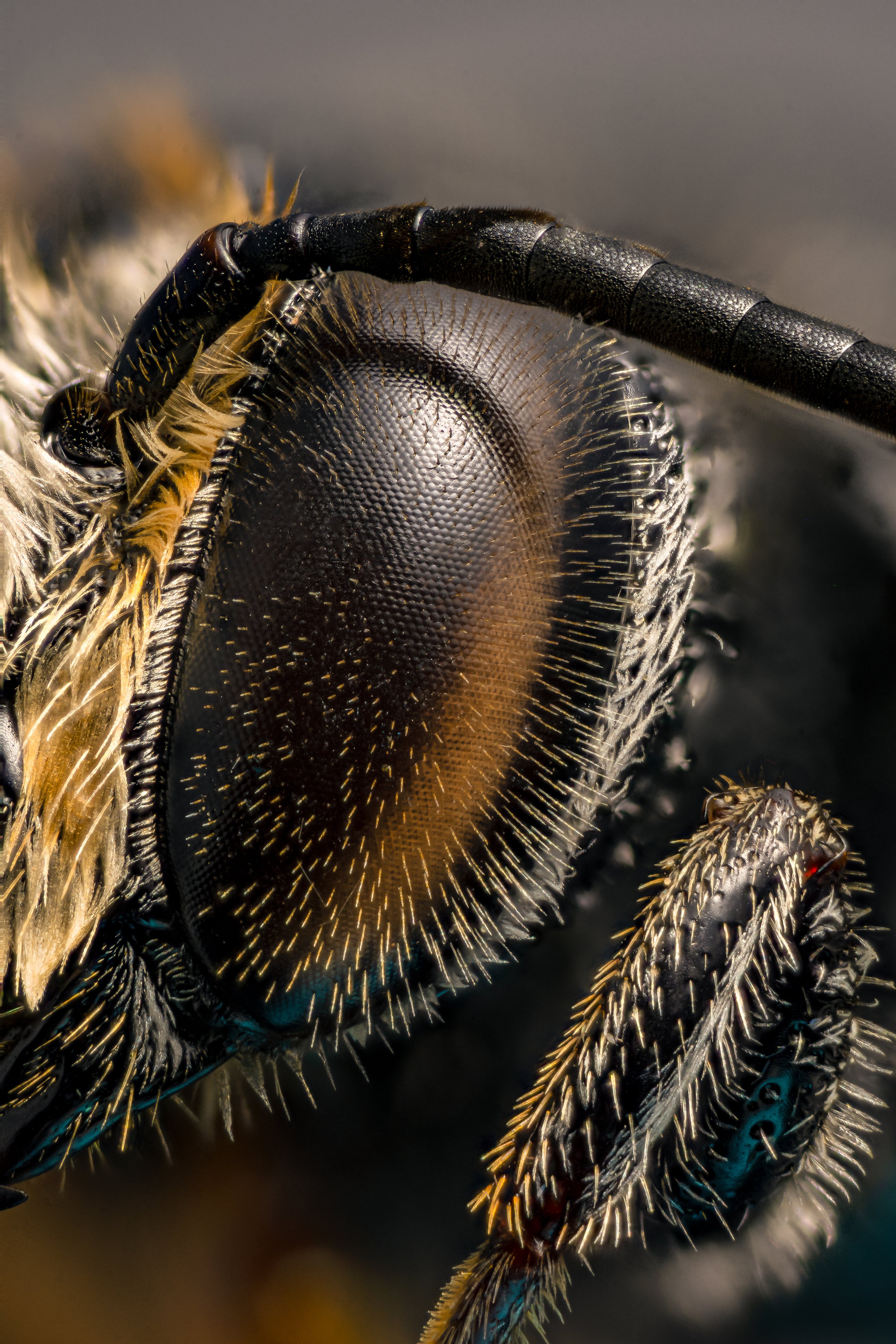Apple, Silicon, and Macro
/Apple is one of those companies…
… that I want to like, I really do. I have been a supporter of the company for years, but when I think about why I do so, I can’t come up with a better reason than wanting to like them. It is a human thing. We make a decision, for whatever illogical reason, and then spend the rest of our lives looking for evidence that our decision was the right one. I bought my first MacBook Pro about 16 years ago and have had at least four more since then, and for that entire time I have been repeating the mantra, “I like Apple, they have my best interests at heart, they are good people, they are different from the others”, because I don’t want to be wrong about my initial decision.
Eyeball-bearings
Before you ask… I don’t know. I was feeling creative and that is what came of it. It has literally nothing to do with this article.
Back to this article. To accept the fact that Apple is, in fact, no better than the rest, that they are motivated only by profit, that they exploit individuals and terrorize small businesses (suppliers parts, for example), would mean I would have to embrace the fact that I was very wrong, very often. It is called cognitive dissonance and we try to avoid it. What is it about Apple, or their products, that can so profoundly screw with my ability to really see the company for what it is? Obvious, right? Their stuff just works. It always has. I don’t know how or why it does, but I have an abiding faith in the fact that when I turn it on, it will work.
Or, I used to.
This article is about Apple’s new computer chip, they call it the M1, presumably after England’s most terrifying road. Before we get into the real world implications of the tech, let me tell you everything I know about ARM processors and Apple’s proprietary silicon wafers bursting with trillions of atom-sized transistors.
A tiny green sweat bee, processed on Apple silicon
That’s it - everything I know. All in one place. Hope it helps.
So if I don’t know a damned thing about these new computers, what is this article about?
It is about what I do know - extreme macro photography - and it is about the effect this new piece of computing gear has had , and continues to have, on the quality of my images, the efficiency of my practice, the complexity of my workflow, and the dire condition of my bank account. But a word of caution, I come into this after having been through a long and miserable year trying to coax a dying MacBook Pro to hang on for one more stack, or one more video. My old computer was not suited to the task. It was underpowered, lacked sufficient memory, was overburdened by a cobbled together network of external storage devices, and was being force fed an unending torrent of data to process. So it kept breaking down. A video that should have taken half a day to edit might take a week, an upload that should take half an hour could still be running the next day, and any attempt to multitask (like reading an email while rendering a video) would end in yet another crash.
A tiny carpenter ant that makes me glad I am not only one millimeter tall
You are probably thinking that the aforementioned facts may influence my objectivity in reviewing the new MacBook Pro - and you would be correct - that is why I told you about it. So that you could read what follows and be able to weigh the value of my opinion more accurately. It is called full disclosure and used to be popular with individuals and businesses alike. So here is some more… I bought this new machine, a 2021 M1 Max 16” MacBook Pro with 64GB of unified memory and a 2TB SSD. It has a Retina XDR display and is connected to a BenQ SW270C Photographer Monitor. It is running the latest version of Monterey (v.12.2.1). I have loaded only work-related software, mostly Adobe apps including Lightroom Classic, Photoshop, Premiere Pro, AfterEffects, Audition, and a few others. My focus stacking software is Zerene Stacker but I also have Helicon Focus and a couple of other programs that I seldom use. I have a suite of apps from Topaz labs that I only recently acquired and am still getting used to. All of my equipment was purchased by me. One exception is the Adobe software suite, a license for which was provided at no cost to me by Adobe. Many thanks to Michael Kanfer of Adobe for this generous gift.
Most of my work is high resolution, high magnification macro photography, where each final image started out as between 200 and 500 individual photographs, most taken using a complicated system of expensive precision optics, including microscope objectives and other specialty lenses. On a good day I will produce 5-7 finished images in as little as five or as much as sixteen hours of work.
Not an image of my M1 chip (I don’t know where I got this chip from) 20X
The new MacBook Pro has had a profound impact on every aspect of my photography, including the educational activities that take up every remaining moment of my life. What follows are my impressions of using this new computer in the workflow outlined above. To get a more organic feel for what this looks like, watch this video, which was posted to YouTube on February 18, 2022 - it shows my workflow in some detail.
In no particular order, the following notes summarize the changes I have found in the first two months with this new MacBook Pro…
Monitor
The new Retina XDR is the most advanced monitor I have ever used - it is bright, sharp, colors are rendered perfectly, and it is fast and flicker-free. It is unfortunate that the high-quality, made-for-photographers, BenQ monitor that I use as a secondary looks quite ordinary when viewed nee to the XDR. I have started taking images from the BenQ to the XDR for a final once-over before sending them to the printer. This screen has greatly increased my confidence in the quality of my images, allowing me to appreciate subtle problems that I would not have spotted before.
Data Upload
The new MacBook Pro has an onboard card reader. My old MacBook also had a card reader but I understand that none of the more recent models have. This has significantly increased the upload speed, a very important feature when moving hundreds of photographs from a card into Lightroom. I would estimate that my upload time has dropped by at least 50% with the new computer, though the specific card being used does have an impact. Unfortunately I still have to use an adapter to upload images from an XQD card source. This appears to be limited by the adapter and is approximately the same as with the old computer.
My very first test image with the new MBP
Focus Stacking
Obviously this is one of the most important features to consider. I recommend that you watch the video to get a good feel for how quickly Zerene stacker is able to process images with this new chip. I do not have accurate times from the old computer for comparison, but as you will see in the video the focus stacking times with the new computer are shockingly fast. Very large stacks are completed in a small fraction of the time it used to take for a similarly sized project. In this particular case (in the video) it took less than three minutes to transfer the images from Lightroom into Zerene Stacker and then only one and a half minutes to complete the stacking process. Typically this would've taken 15, 20 or even 30 minutes on the old computer. I routinely use a technique known as “slabbing”, in order to improve my efficiency and the accuracy of my retouching. Historically, slabbing has added significant processing time to focus stacking, but it does not appear to add any significant amount of time to doing so on the new computer. The time savings that it yields during retouching, however, remains impressive.
It is worth noting that once the Pmax slabs had been generated, the final stacking process, where the slabs are stacked into a Dmap and a Pmax output image, took all of THREE and THIRTEEN seconds, respectively.
I was convinced that Rik Littlefield, the inventor of Zerene Stacker, must have made significant adjustments to the algorithms in order to achieve such an impressive speed boost. When I discussed this with him, as I was writing this article, he explained to me that he had made no changes to either algorithm and that all of the performance improvements noted had to be attributed to the new processor. Focus stacking has gone from a time-consuming chore to a thoroughly enjoyable and rapid process.
Retouching
It is a little harder to quantify the improvements in the retouching process using Zerene Stacker, as there is no linear relationship between the time the process takes and the machine being used. It is much more user dependent. However, the computer is extraordinarily responsive to inputs and processes like scrolling through large numbers of images (literally impossible on my old machine) was effortless. The loading of individual images was rapid and seamless. Another fact that is probably irrelevant to most users is that the new chip allows me to record the screen while also performing an image retouch. As a photography educator, the ability to record video footage of the editing process without the recording interfering with the performance of the software, is indispensable. Over the last year I have had to devise all kinds of workarounds in order to demonstrate techniques on the computer.
Saving
There are multiple points during a focus stacking operation where images need to be saved to particular files or folders. This has been a constant irritation in the past, with saving taking far too long, especially when external drives were being deployed. Now, with the cache on an internal SSD, the process is lightning fast. Saving takes only seconds and does not impede the workflow in any way.
You gotta get real close for this shot
Photoshop
The trip to Photoshop at the end of a focus stacking operation is an indispensable part of the process. All of my images are taken into Photoshop even if all I do is examine them. Most of the time however, more work is needed, whether this is removing dust particles, balancing color, or replacing the background. Photoshop is one of the most complicated programs that we use in photography and over the last couple of years I have just grown to accept the fact that there are some parts of the program that are not usable. Tools like liquefy and other artificial intelligence-based processes have been off-limits to me until this new computer arrived. Now I can use any and every feature that Photoshop has to offer, as they are designed to be used, even while recording my screen. I may spend as much time with an image in Photoshop as I do in completing all the other steps of focus stacking combined. Of all of the many benefits of the new MI Max computer, the single most valuable one to me is the improvement in Photoshop editing.
Premiere Pro and a final word
While not strictly related to focus stacking or macro photography, the performance of Premiere Pro, the Adobe video editor that I use to prepare my educational videos, has been vastly improved with the M1 chip. It is hard to describe how frustrating it is to attempt to edit complicated video content on a computer that simply cannot keep up with the program being used. Editing in Premiere on my old MacBook Pro was the very definition of death by 1000 cuts, with every keystroke followed by a one second lag, time slowed to a crawl.
My relationship with Apple is complicated, and will probably only become more so in the future. My relationship with this new computer, however, it's not complicated at all. The new M1 Max MacBook Pro has restored my confidence, relaxed my work environment, and giving me back some precious time. This computer is a truly remarkable feat of engineering, gorgeous to look at, mind boggling in its complexity and terribly expensive. And I recommend the M1 Max MacBook Pro, as mine is configured, to anybody, creative or otherwise, who is looking for the best of the best.
It just works.
***
Here are a few links to products and services featured and discussed in this article or in the embedded video. Some of these are Amazon Affiliate links, that may earn me a small commission if used to complete a qualified purchase.
Want one? Get it with this link and I will cut your grass …https://amzn.to/3gSoCso
If you do buy one, get the right monitor, and dock. Like one of these BenQ photographer monitors - that I have been using for almost a full day! - of course this is the big new one and mine is the small old one, but I can still say I have a BenQ monitor!
No, I did not get this docking station - I bought a cheap one and it doesn’t work
I have a video coming out soon all about these incredible new Drop-in HawkLock clamps from SmallRig - they are incredible and I have switched over to using nothing but these strong, versatile, clamps. At the heart of the system is the mini QR clamp - and amazing piece of engineering with countless uses, as you will see in the next week.
This is the clamp on a cold shoe mount - a sturdy, flexible mount for anything…
For the extreme macro rig there is no better way to secure your speedlights in the cage or on whatever stand you are using. Two QR clamps with a double ball articulating arm - a steal at this price!
An extra ball extension with a HawkLock is perfect for extending your reach… and it is perfect for using with the NATO-rail mounting field monitor clamp…
The video tripod I showed in the video is not available yet but I will be reviewing it in a couple of weeks.
This is the new G-Technology 4TB mobile USB-C (UAB3.1) HDD - it is a well made, reliable drive, and so far so good!







